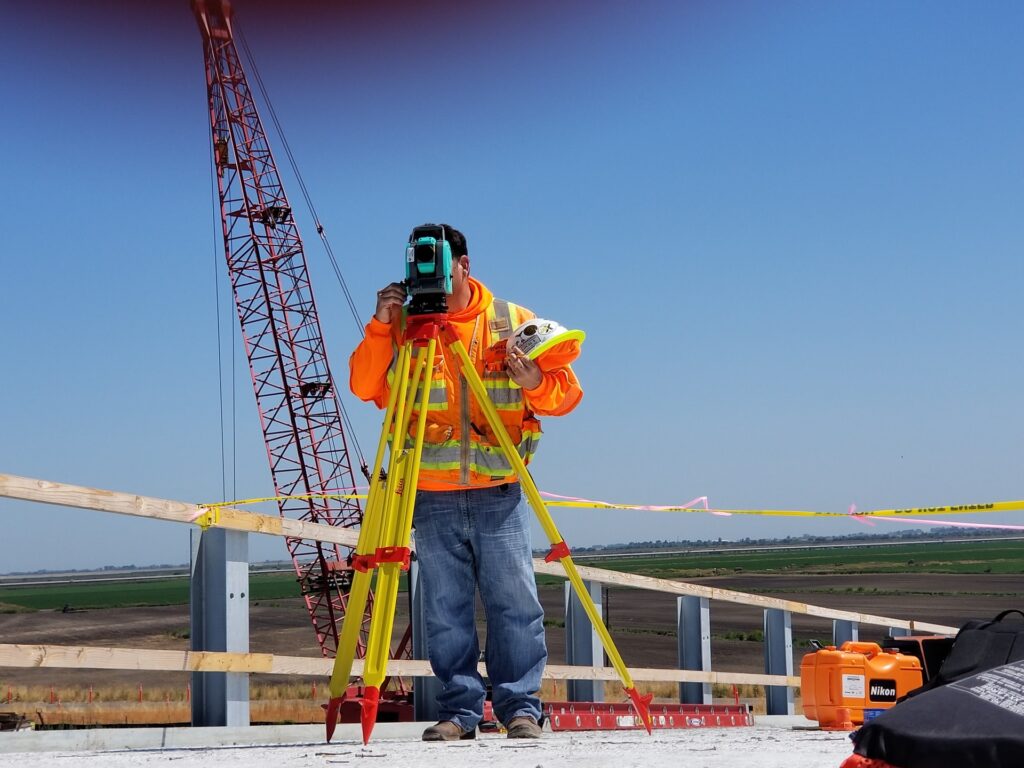
Understanding Entitlements in Real Estate
When you want to begin a development project, one process that you should fully understand is the entitlement process and everything that it entails. This process centers around the intended use of the building you develop, conformity to a city plan, and the overall appearance and design of the structure. In the event that you need to develop a structure for a very specific use, you would likely need to obtain an entitlement. This process can be lengthy because of the need to inform communities and neighborhoods via city council meetings and public hearings.
Keep in mind that there are many different types of entitlements, which extend to everything from a use permit to a utility approval. While an entitlement is typically necessary when you are about to start a development project on an empty piece of land, you might also be required to seek an entitlement when improving the landscaping, use, or appearance of a property that has already been built. Along with informing the general public of your plan to obtain an entitlement, you must also gain approval from your local planning department.
Once you’ve started the entitlement process, it can take anywhere from 3-12 months to complete. While this might seem like a very long time to wait for development to start, it’s important to understand that development won’t be allowed to continue until you gain an entitlement, which is why this process is absolutely necessary. This article offers a detailed and comprehensive guide about entitlements and what they mean for your development project.
Key Takeaways:
- Land entitlements are an agreement between you and a governing municipality to allow development for a certain building type to occur in an area.
- There are three types of the entitlement process which include ground-up building, change-of-use, and adding a new facade to an existing building.
- Entitlements are necessary when you are building on a new piece of land as well as for other uses. They vary from zoning which we discuss below!
Three Types of the Entitlement Process
There are three distinct types of the entitlement process that you may be required to go through. The most common entitlements include a ground-up build, a change-of-use, and adding a new facade to a building that already exists.
Ground-Up Build
Within the construction industry, ground up is a commonly used term that refers to buildings that are constructed on land where a building didn’t exist before. This type of entitlement can also be requested when a previously existing building was demolished primarily to make way for the development of a new building. Whenever you plan for this type of construction project, you will be required to go through the extensive entitlement process.
Change-of-Use
Another common type of entitlement is a change-of-use entitlement. This term is used whenever changes are made to the zoning code or original intended use of the building space. If the original building was a restaurant, an entitlement would be required if you wanted to change the building to a grocery store. When this type of permit is approved, make sure that you also seek a certificate of occupancy. In the event that the use of the building changes again at some point in the future, the certificate of occupancy will act as a record of the building’s history.
Adding a New Facade to a Building That Already Exists
In the event that you want to change a side of a building or the entire facade of the property, you must first go through the entire entitlement process before you will be able to do so. Design reviews and planning meetings must be attended to ensure that the exterior of the building wholly complies with the general plan of the city or the municipal codes that are imposed within the city. If you expect these changes to be major ones, it’s likely that an entitlement will need to be applied for.
Even if you’re certain that the changes to the building exterior would be insubstantial to the point that an entitlement wouldn’t be necessary, it’s still recommended that you contact the planning department for the city the property is being developed in. If you make the mistake of completing the work before seeking an entitlement, you may be required to undo all of the changes that you’ve made, which only serves to waste your time and money.
When Do You Need an Entitlement?

The most common reason to obtain an entitlement is when you are about to develop on a piece of land that’s considered to be vacant. However, entitlements should also be sought when you want to enhance the appearance, current landscaping, or overall use of a current property. The type of entitlement that you require will depend on what the project is set to be. It’s also important to understand that the length of the entitlement process can vary depending on the scope and size of the project at hand.
The process of getting an entitlement is a lengthy one that can take anywhere from 3-12 months to complete. For large development projects, it’s possible that the entitlement process will take even longer before it’s approved. Keep in mind that the specific entitlement process can differ with each project and municipality.
However, there is a general structure to this process that you should be aware of before it starts. Most cities will have a master plan that dictates what the government’s plan is for development and growth. The exact details of the entitlement process depend on how the project aligns with the master plan.
First, the main developer for the project will be required to submit a proposal, technical and environmental studies of the land, and a design package that displays concepts of what the newly developed building will look like. All of this paperwork will need to be sent directly to the local planning department for initial review. The planning department will then review the proposal against current zoning regulations, local laws, and the planning code within the city.
It’s possible that your ideas and plans for the building won’t adhere to the local planning code or zoning regulations. In this situation, your application may be denied. You might also be provided with a short period of time to make adjustments before resubmitting the paperwork. After a formal review has occurred, the plan will be tested to make sure that it won’t adversely impact the surrounding environment. If the environmental impact is low, your plans will then be sent to other city agencies for approvals.
The final hurdle in the entitlement process involves your plans being sent to the local community within public hearings pertaining to the project. It’s at this point that you will be able to go into detail about the project and how it will benefit the community. Members of this community will provide feedback and give you their support if they approve of your development project. If they don’t approve, you may need to make some changes that align with the wishes of the community members who don’t agree with your project. When your project gets through all of the aforementioned steps to the entitlement process, final approval will likely be provided to you from the city council or the local board of supervisors.
The Difference Between Zoning and Land Entitlements

Before you request a land entitlement, it’s important that you understand the difference between zoning and land entitlements. A zoning ordinance gives developers a set of requirements for the kinds of buildings that can be developed and for the uses that these buildings can have. The purpose of zoning is to adequately control how various areas of the surrounding community are developed.
By making sure that only certain types of development can occur in each area of the city, the neighborhoods within the city can be protected. Without zoning, it would be possible for an industrial facility to be constructed within a residential neighborhood, which would be unpleasant for anyone who lived nearby. Warehouses and industrial facilities will also be kept away from commercial districts where traffic is prevalent.
Unlike entitlements, zoning ordinances are designed first and foremost to provide restrictions on how land can be developed. If the building that you want to develop doesn’t conform to the local zoning ordinances, it’s very likely that development on the project can’t begin. As for entitlements, these are rights that are provided to real estate developers for certain types of projects. When you seek an entitlement, this entitlement will only be granted for a specific use.
If you want to change how an existing building will be used in the future, you will only be able to use the building for the purpose provided in the entitlement proposal. Any additional changes would require a separate entitlement. If your project adheres to the city’s master plan and fits within local zoning ordinances, it’s unlikely that the entitlement you applied for would be withheld from you and the developer of the project.
Entitlements are the bedrock of many construction projects and are necessary if you want to begin constructing a building on an empty parcel of land. While the entitlement process itself can be a time-consuming one, understanding what the process entails should help you prepare for the different phases of this process. With the right approach, your entitlement application should be approved by the local planning department, which means that the initial steps of development can begin.

Jason Somers, President & Founder of Crest Real Estate
With over 15 years of professional experience in the Los Angeles luxury real estate market, Jason Somers has the background, judgement and track record to provide an unparalleled level of real estate services. His widespread knowledge helps clients identify and acquire income producing properties and value-ad development opportunities.
Learn more about Jason Somers or contact us.



